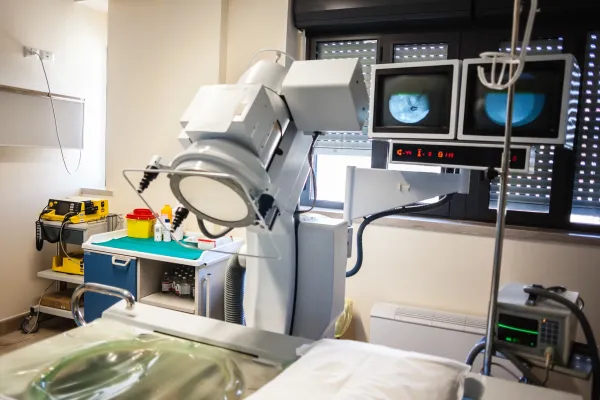Neurosurgery Coding Alert
Modifiers:
Pave the Way to Modifier 59 Success With This Handy Guide
Published on Wed May 15, 2019

You’ve reached your limit of free articles. Already a subscriber? Log in.
Not a subscriber? Subscribe today to continue reading this article. Plus, you’ll get:
- Simple explanations of current healthcare regulations and payer programs
- Real-world reporting scenarios solved by our expert coders
- Industry news, such as MAC and RAC activities, the OIG Work Plan, and CERT reports
- Instant access to every article ever published in Revenue Cycle Insider
- 6 annual AAPC-approved CEUs
- The latest updates for CPT®, ICD-10-CM, HCPCS Level II, NCCI edits, modifiers, compliance, technology, practice management, and more
Related Articles
Other Articles in this issue of
Neurosurgery Coding Alert
- Neuroendoscopy:
3 Tips Eliminate Neuroendoscopy Coding Challenges
Remember: Don’t report the burr hole separately. In the medical documentation, you see that the [...] - Coding Quiz:
Brush up on Concussion Smarts With Quick Quiz
Hint: Make sure you know whether patient lost consciousness or not. When you’re reporting your [...] - Modifiers:
Pave the Way to Modifier 59 Success With This Handy Guide
Remember: Always pay attention to the modifier indicator. Learning the ins and outs of CPT® [...] - You Be the Code:
Dive Into This Spine CT Scenario
Question: The surgeon performed a computed tomography (CT) scan of a patient’s spine. There’s nothing [...] - Reader Question:
Report Removal of Spinal Instrumentation Codes With Caution
Question: There is a debate in our office, and we were hoping you could help [...] - Reader Question:
Demystify HPI for Cleaner E/M Coding
Question: We have a provider who believes that if she has an extended HPI, then [...] - Reader Question:
Rely on This ICD-10 Code for Congenital Aneurysm
Question: The physician documented that the patient has a congenital aneurysm associated with an arteriovenous [...] - Reader Question:
Read This Before Applying Modifier Q6 to NP Claims
Question: Can we report a nurse practitioner’s (NP) services to Medicare with a locum tenens [...] - Reader Question:
Report This Dx Code for Intracranial Abscess
Question: The physician documented that the patient has an embolic cerebellar abscess. Which ICD-10 code [...] - Reader Question:
Listen to CMS Podcast
Question: Can you tell me about CMS’s new podcast that updates listeners to policy information? [...]
View All




